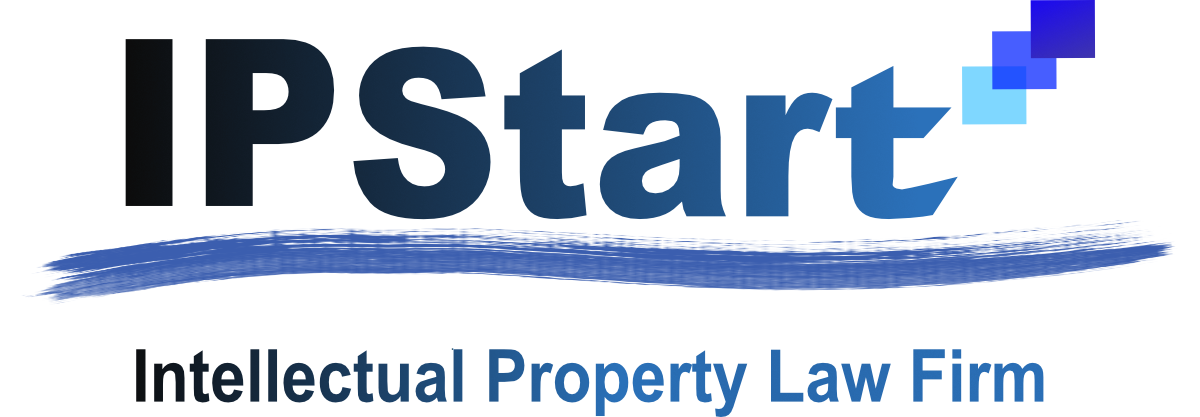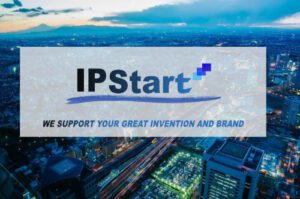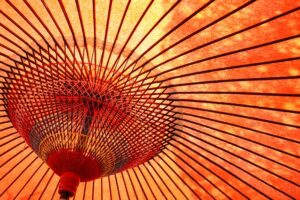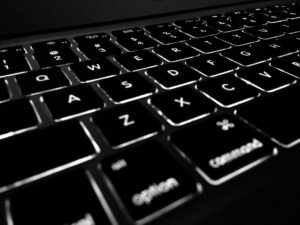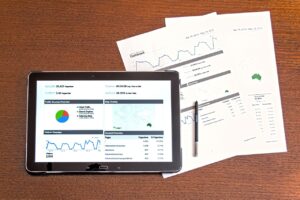This article is intended for those who have some knowledge of Japanese patent applications (especially, foreign patent attorneys). Through this article, we hope that you will become familiar with the important practical points of Japanese patent applications.
Examination fees and patent annuity fees paid to the Japan Patent Office depend on the number of claims
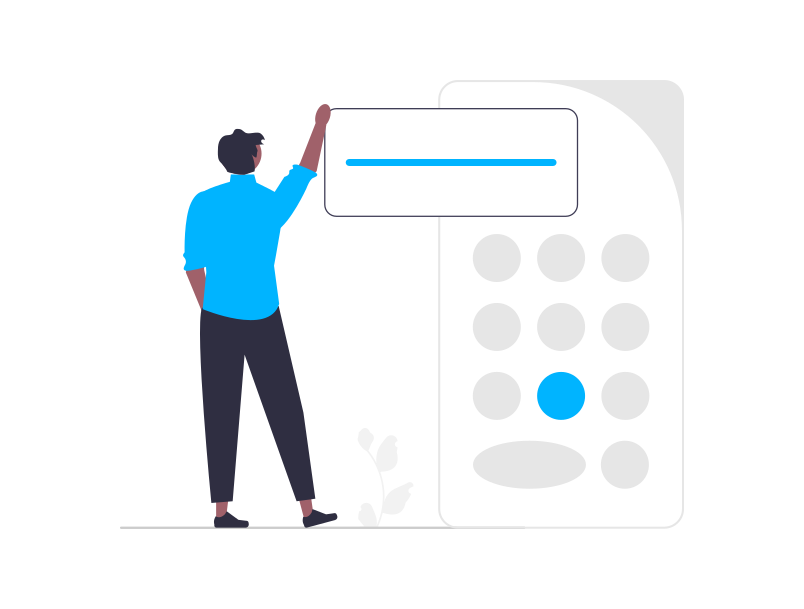
The examination fees are calculated as follows:
- In the case of a regular patent application: 138,000 JPY + (Number of claims) x 4,000 JPY
- In the case of an international patent application for which an international search report was prepared by a search authority other than the JPO: 124,000 JPY + (Number of claims) x 3,600 JPY
The patent annuity fees are calculated as follows:
- The 1st to 3rd year (each year): 4,300 JPY + (Number of claims) x 300 JPY
- The 4th to 6th year (each year): 10,300 JPY +(Number of claims) x 800 JPY
- The 7th to 9th year (each year): 24,800 JPY + (Number of claims ) x 1,900 JPY
- The 10th to 25th year (each year): 59,400JPY + (Number of claims) x 4,600 JPY
It should be noted that an excessively large number of claims (e.g., 50 or more) will result in high examination and patent annuity fees.
Lower examination fees and patent annuity fees for SMEs, Startups, and sole proprietorships

For applicants who meet the following requirements, the examination fees and patent annuity fees (the 1st to 10th year) will be reduced to 1/3.
For sole proprietorships:
- The business must have been in operation for less than 10 years; or
- The number of full-time employees must be 20 or less (5 or less in the case of commercial or service businesses).
For example, if Applicant is an individual but the CEO of a corporation, he/she will not be eligible to benefit from the reduction in examination fees.
In the meanwhile, if Applicant is not only the CEO of a corporation but also a sole proprietor who meets the above requirement, he/she will be eligible to benefit from the reduced examination fees.
For corporations (1st Requirement):
- The corporation must have been established for less than 10 years;
- Capital or total amount of investment is less than 300M JPY ( about 2.14M USD @140 USD/JPY); and
- The corporation is not controlled by a large corporation*.
*No single large corporation holds more than 1/2 of the total number of shares or capital contributions, and no multiple large corporations hold 2/3 of the total number of shares or capital contributions.
*The large corporation means a corporation with capital or total investments greater than 300M JPY in case of manufacturing, construction, transportation, IT services, etc.
For corporations (2nd Requirement):
- The number of full-time employees must be 20 or less (5 or less in the case of commercial or service businesses); and
- The corporation is not controlled by a large corporation.
For corporations, either the first or second requirement must be met to benefit from the 2/3 fee reduction.
For applicants who meet the following requirements, the examination fees and patent annuity fees (the 1st to 10th year) will be reduced to 1/2.
For sole proprietorships:
- The number of employees must be less than or equal to the number of employees of SMEs under the Basic Act for SMEs (depending on the type of business).
For corporations:
- The corporation qualifies as an SME under the Basic Act for SMEs; and
- The corporation is not controlled by a large corporation.
For example, if the business type is software or IT services, a company with less than 300 employees or less than 300M JPY in capital or total investments is considered the above-described SME.
Accelerated examination and super accelerated examination

In the case of Japanese patent applications, the first examination result (a notice of allowance or a first office action) is issued in about 10 months after the request for examination. By filing a request for accelerated examination, the first examination result will be issued in about 2.3 months, and by filing a request for super accelerated examination, the first examination result will be issued in about 0.6 months.
A patent application filed by an SME or Startup will almost certainly be eligible for an accelerated examination. Furthermore, if a patent application is filed by an SME or Startup and the claimed invention is intended to be implemented, it will almost certainly be eligible for a super accelerated examination.
In addition, even a patent application filed by a large company is eligible for an accelerated examination if it relates to a foreign patent application.
A multiple dependent claim depending from another multiple dependent claim Will be rejected under the current JP patent practice

If a patent application (or PCT application) filed on or after April 2022 contains an multiple dependent claim depending from another multiple dependent claim (hereinafter, “improper multiple dependent claim”), the patent application will be rejected under Art. 36(6)(iv) of the Patent Law. In this case, it should be noted that the patentability (e.g., novelty and inventive step) of the rejected improper multiple dependent claim is not examined in the office action.
An example of improper multiple dependent claim
3. X device according to claim 1 or 2, further comprising A.
Claim 3 is a multiple dependent claim depending from claim 1 or 2.
4. X device according to any one of claims 1 to 3, further comprising B.
Claim 4 is an improper multiple dependent claim because it depends from multiple claims including claim 3 that is a multiple dependent claim.
If a PCT application entering JP national phase contains an improper multiple dependent claim, we highly recommend amending the claim dependency on or before filing a request for examination.
Power of attorney is not required upon filing a patent application

A power of attorney indicating the authority of representation is not required upon filing a patent application. On the other hand, a power of attorney indicating the authority to represent an applicant in certain procedures is required upon withdrawing the patent application (including the filing of a domestic priority application) or filing a request for appeal against the decision of rejection.
In addition, a power of attorney no longer needs to be signed by an applicant. A power of attorney without the applicant’s signature or seal is now considered valid.
We will submit a power of attorney without signature or seal after the applicant has reviewed it.
Program claims may be more important than method claims in computer Software-related inventions

In Japanese patent applications, program claims directed to a program itself are allowed. On the other hand, U.S. and Chinese patent applications do not allow program claims.
In Japanese patent applications, various categories of claims are allowed, including methods, devices (user terminals, servers), systems, programs, and computer readable mediums.
On the other hand, for computer software-related inventions, it may be somewhat more difficult to enforce a patent with a method claim. For example, if a user implements an invention of a method claim (“method invention”) through an app installed on a smart phone, the user’s implementation of the method invention may not constitute infringement because the user does not implement the method invention in a business manner.
In addition, if an app distributor distributes an app through the Internet, it may be found that the act of distributing the app does not constitute an indirect infringement of the method invention. In other words, in Japan, unlike in the U.S. and other countries, the act of distributing the app by the app distributor is not recognized as an induced infringement of the method invention.
Accordingly, in a JP patent application for a computer software-related invention with method claims but no program claim, we recommend amending claims to add program claims corresponding to the method claims on or before filing a request for examination.
Disclaimer: While IPStart makes every effort to ensure the accuracy of the information, it does not guarantee or give any warranty as to the accuracy, timeliness or completeness of any information or material on our website.
